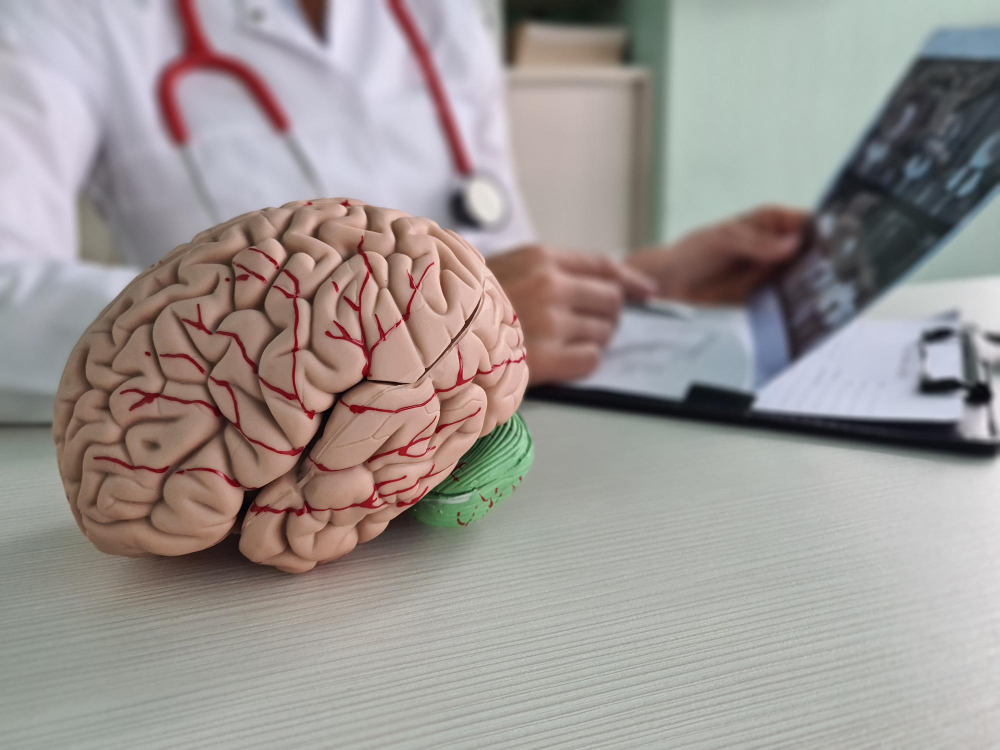What is Chiari Malformation?
Chiari Malformation is a condition where part of the brain, called the cerebellum, pushes down into the spinal canal. This can put pressure on the brain and spinal cord. As a result, it may cause a range of symptoms. In the United States, Chiari Malformation is rare, but it can affect both children and adults. Early diagnosis is important for better outcomes. According to the National Institute of Neurological Disorders and Stroke, there are several types of Chiari Malformation. However, Type I is the most common in adults.
Symptoms of Chiari Malformation
Symptoms of Chiari Malformation can vary from person to person. Some people may not notice any signs, while others may have severe problems. Often, symptoms appear in late childhood or adulthood. For example, headaches are a common sign. But, other symptoms may also occur.
Sometimes, symptoms get worse with coughing, sneezing, or straining. If you notice any of these signs, it is important to talk to your doctor.
Causes and Risk Factors
Chiari Malformation often develops before birth. It can happen if the skull is too small or shaped differently. This leaves less space for the brain, causing it to press down. In some cases, Chiari Malformation can develop later in life due to injury, infection, or other health problems. However, most cases are present from birth.
Risk factors include:
Still, many people with Chiari Malformation have no known risk factors.
How Chiari Malformation is Diagnosed
Doctors use several steps to diagnose Chiari Malformation. First, they ask about your symptoms and medical history. Next, they perform a physical exam. If Chiari Malformation is suspected, imaging tests are needed. For example, an MRI (magnetic resonance imaging) scan is the most common test. It shows detailed pictures of the brain and spinal cord. Sometimes, a CT scan may also be used. These tests help doctors see if the cerebellum is pressing into the spinal canal. Early Chiari Malformation diagnosis can help guide treatment and improve quality of life.
Treatment Options
Treatment for Chiari Malformation depends on the type and severity of symptoms. Some people do not need treatment if they have no symptoms. However, if symptoms are present, doctors may suggest:
Surgery is often recommended if symptoms are severe or getting worse. The most common surgery is called decompression surgery. It creates more space for the brain and spinal cord. According to the American Association of Neurological Surgeons, most people feel better after surgery, but recovery can take time.
Living with Chiari Malformation
Living with Chiari Malformation can be challenging, but many people manage their symptoms well. With regular check-ups and the right treatment, you can lead a full life. For example, some people find that gentle exercise, like walking or swimming, helps them feel better. Others benefit from support groups or counseling. It is important to avoid activities that strain the neck or cause sudden movements. Always talk to your doctor before starting new activities.
Prevention and Outlook
There is no sure way to prevent Chiari Malformation, as it often develops before birth. However, regular prenatal care may help lower some risks. The outlook for people with Chiari Malformation depends on the type and severity of symptoms. Many people live normal lives with proper care. Early diagnosis and treatment can improve outcomes. According to the CDC, most people who have surgery for Chiari Malformation see improvement in their symptoms.
If you or someone you know is experiencing symptoms of Chiari Malformation, don’t wait. Consult Dr. Sameep Kosthi, a skilled neurologist or neurosurgeon, for personalized advice and treatment options tailored to your needs.



